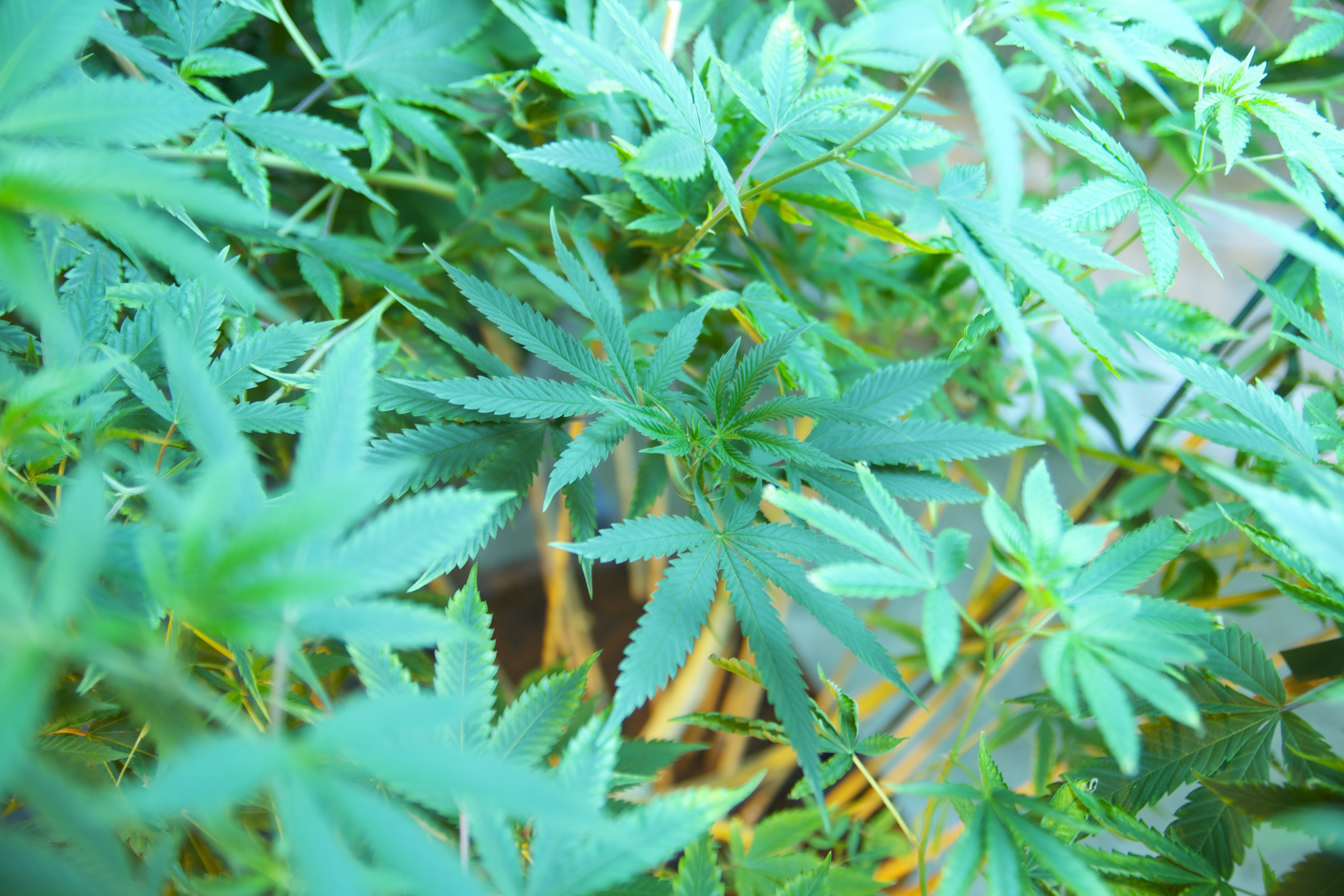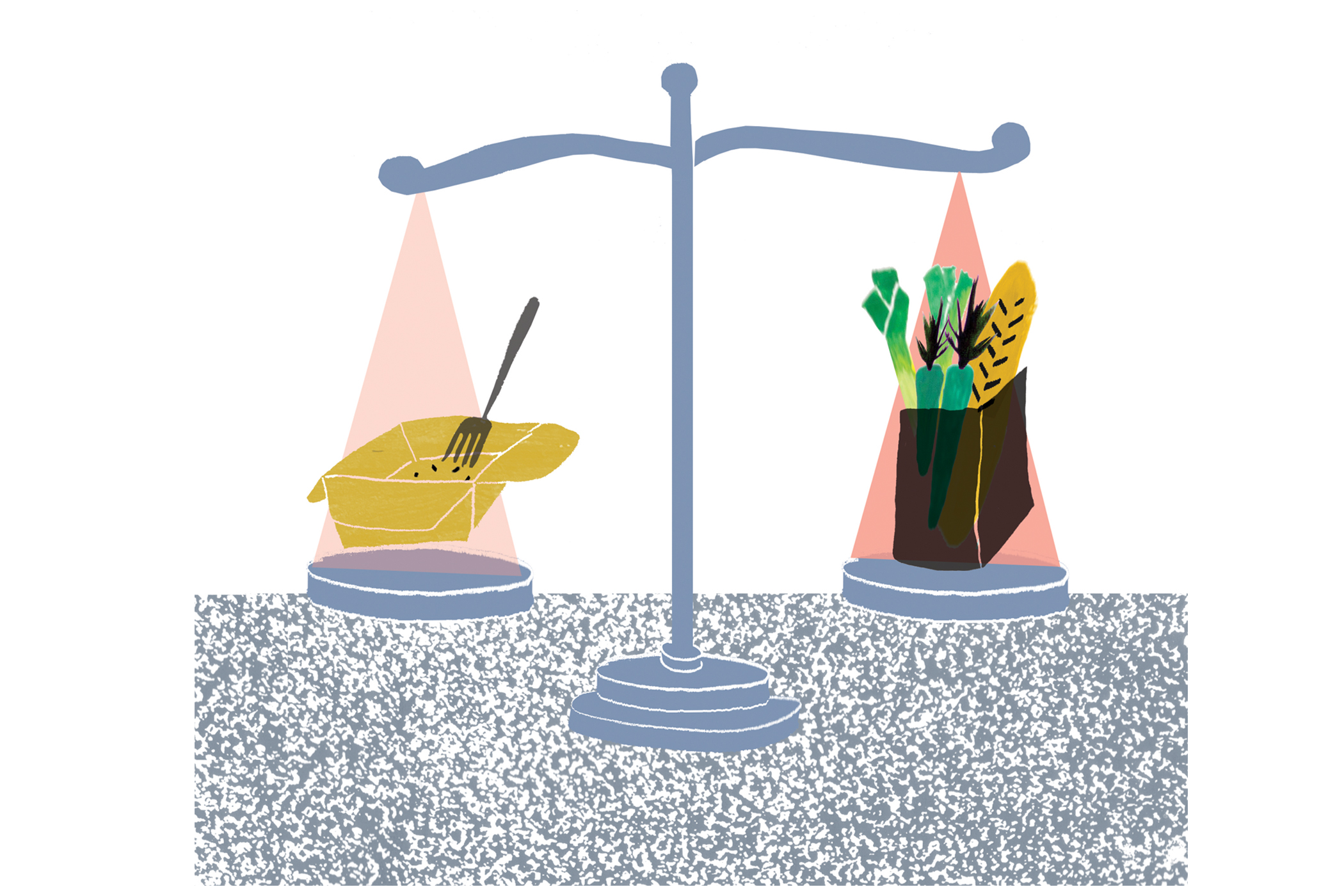As of this month, 26 states and the District of Columbia have legalized marijuana in some form. Seven of those states and Washington, D.C. have the most open laws regarding legal marijuana for recreational use. Since being legalized in Colorado, Oregon, and Washington, we have seen the many benefits of decriminalizing this herb. However, many states—and the federal government—still consider marijuana a banned substance.
One of the benefits of marijuana legalization is the economic gains—millions in tax revenue every year to Oregon and even more in other states. In 2016 Oregon made $60.2 million in tax revenue from its marijuana sales tax, exceeding an initial estimate by sixfold. And according to the Oregon Department of Revenue, 40 percent of that tax revenue goes into the Common School Fund to help Oregon education. In 2016 Colorado made even more tax revenue than Oregon—$1.3 billion—most of which went into public schools as well. Now imagine what kind of effect this revenue could have on a federal level to benefit the nation’s education system.
Another reason the federal government should legalize marijuana is that recreational and medicinal use is harmless if not beneficial. While scientists have difficulty studying the effects of marijuana (less than 10 percent of studies on marijuana analyze its medicinal uses), cannabis has few negative side effects. Some of the minimal side effects include possible emotional, memory, and coordination problems.
On the contrary, studies have shown the psychoactive compounds in cannabis can help control and decrease seizures and muscle spasms, decrease anxiety and PTSD, ease the pain caused by multiple sclerosis, treat inflammatory bowel diseases, relieve arthritis discomfort, improve the symptoms of lupus, soothe tremors caused by Parkinson’s disease, reduce some of the pain and symptoms caused by chemotherapy treatment, and even slow the progression of Alzheimer’s disease. Now that’s a long list of health benefits! Legalizing marijuana nationwide would also allow for more scientists to study side effects, symptoms, and benefits.
Additionally, negative side effects of cannabis are particularly minimal when compared to those of alcohol. Alcohol is highly addictive, easier to abuse, and can potentially lead to alcoholism. Alcoholism can cause hepatitis, jaundice, and chronic liver inflammation which eventually leads to cirrhosis and liver failure. Alcohol use also puts users at higher risk for heart disease, depression, stroke, sleep disorders, and several types of cancer.
So why is alcohol socially and legally acceptable while marijuana is criminalized? Perhaps because of the culture stigma associated with drugs. Yes, a lot of drugs are dangerous or addictive, even the drugs prescribed by doctors. However, misconceptions regarding marijuana stem from lack of information, misinformation, and the current stigma. For instance, many people are told marijuana is a gateway drug. While cannabis use may be correlative in some cases, recent surveys have shown that a large number of opioid users in states with legalized cannabis have opted to switch to marijuana, lessening the dangerous implications of their drug use.
By legalizing marijuana, we diminish the impact of cartels and highly dangerous illegal drug activity. We put in place laws that create a safer buying and selling process and environment. Lastly, legalized marijuana requires strict governmental regulation, so consumer risk is greatly decreased.
Advancements toward federal legalization of marijuana over the past decades have stalled under the Trump administration and Attorney General Jeff Sessions, but that doesn’t mean that it will never happen. Progress starts with the states individually, and the nation is halfway there. The legalization of marijuana is safe and economic, so there are high hopes for the future of cannabis.







I found it interesting how legalizing marijuana will help diminish the impact of cartels and highly dangerous drug activity. My brother was lost to the drug war in Mexico and I am for anything that will help get rid of the drug cartels. I’ll be sure to find ways on how to contribute to marijuana legalization.